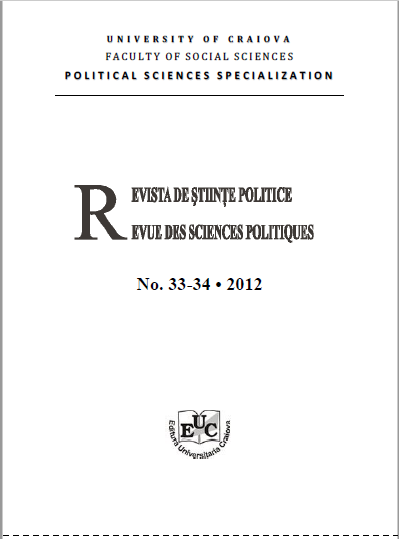Twenty years after the Yugoslav break-up: privatization models and results
Twenty years after the Yugoslav break-up: privatization models and results
Author(s): Sonja BunčićSubject(s): Economic history, Political history, Government/Political systems, Transformation Period (1990 - 2010)
Published by: Editura Universitaria Craiova
Keywords: transition; model of privatization; former Yugoslav republics; social ownership transformation;
Summary/Abstract: The key to success transition lies in efficient privatization. The former Yugoslav republics began the process of privatization twenty years ago with the same social prefix (social ownership and worker self-management), but the attained results were uneven. Heavily influenced by the legacy of worker selfmanagement and social property, the newly elected political structures in all the former Yugoslav republics, more or less, tried to keep old patterns despite new changes and thus put the pressure on the choice of privatization models. The paper aims to present the models of privatization applied in the former Yugoslav region and link them with the achieved results.The misuse of social ownership specifics, weak public institutions and corruption, according to the author, are the cause of poor privatization’s results in the Yugoslav confines. Some of the countries,after twenty years have become members of the European Union, while others are considered to be the poorest countries in Europe .
Journal: Revista de Științe Politice. Revue des Sciences Politiques
- Issue Year: 2012
- Issue No: 33+34
- Page Range: 117-129
- Page Count: 13
- Language: English

